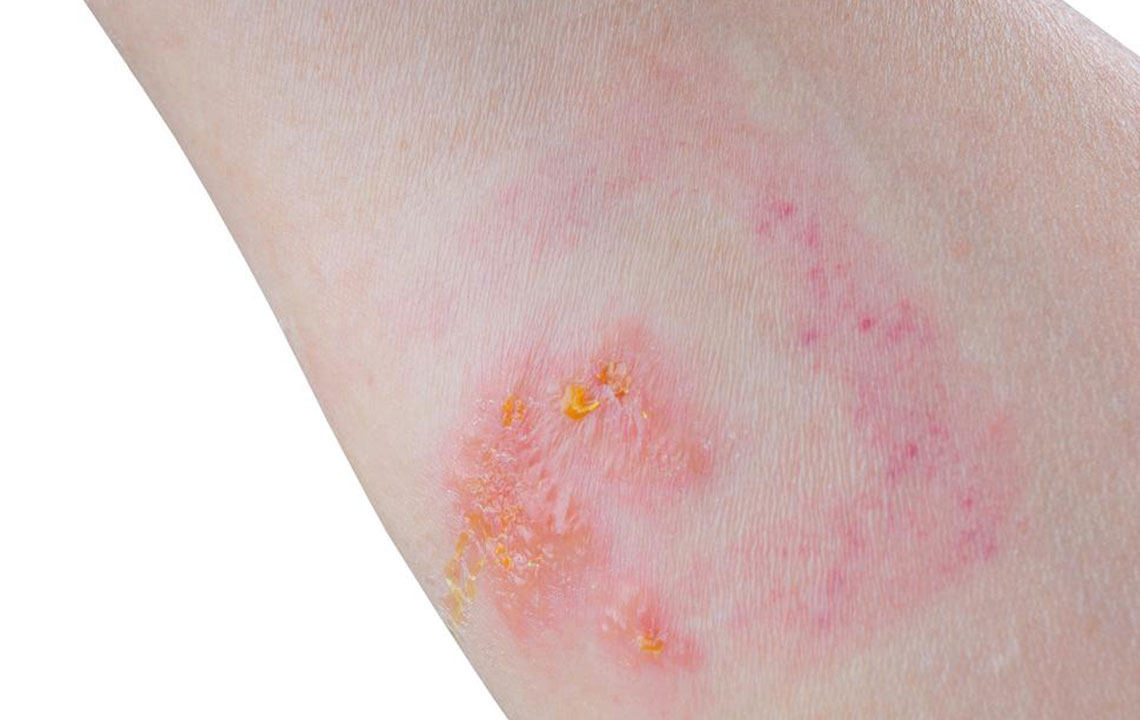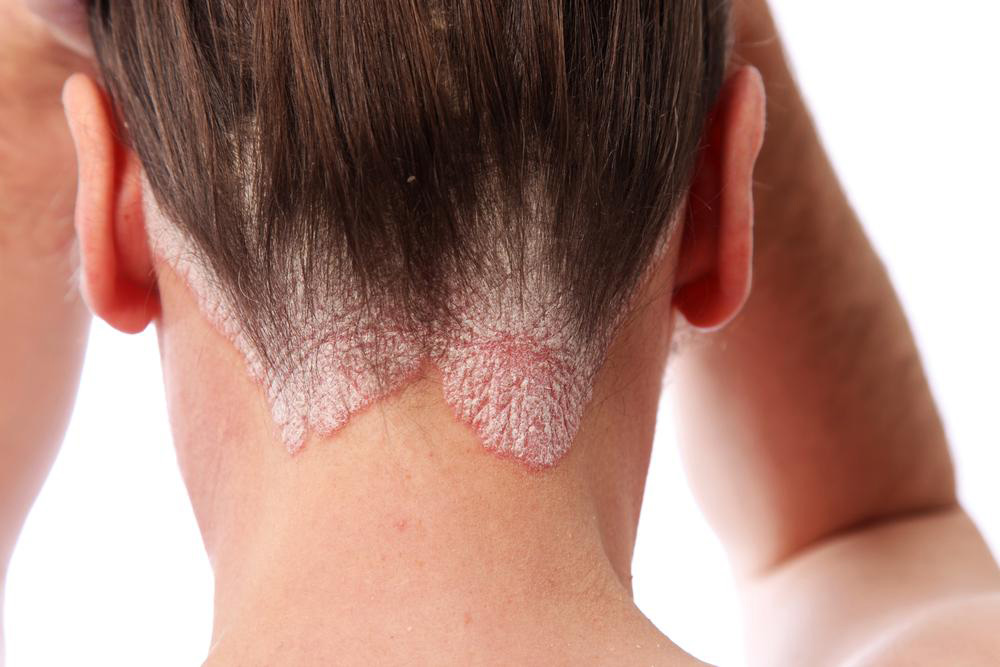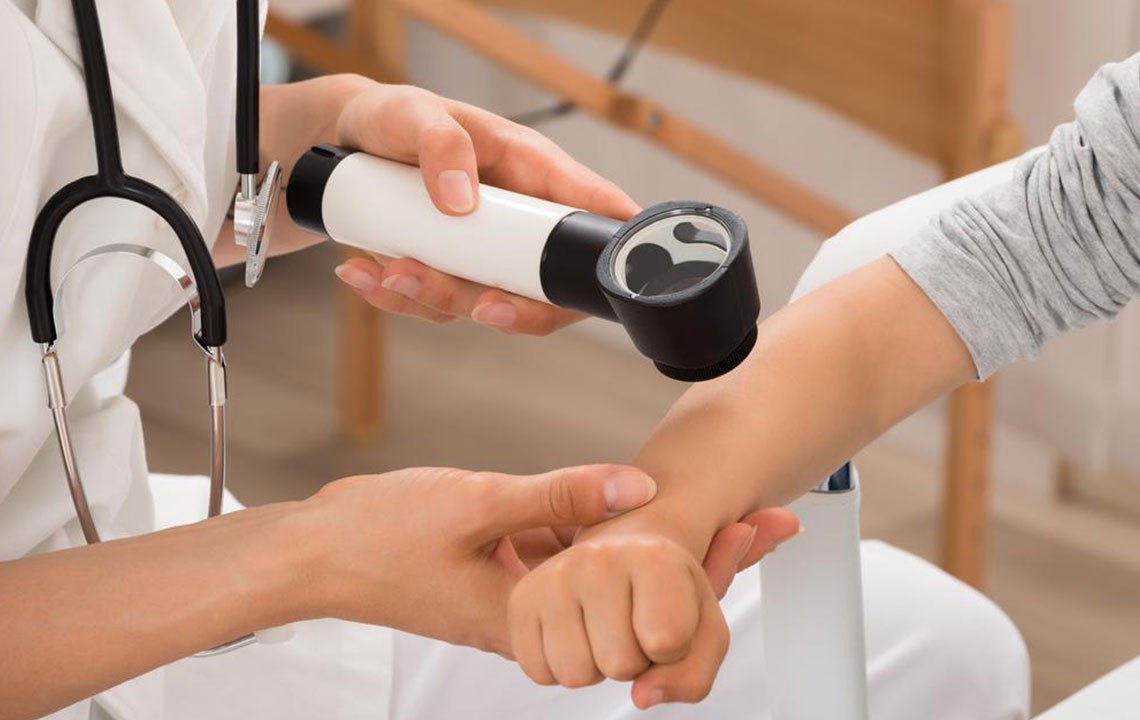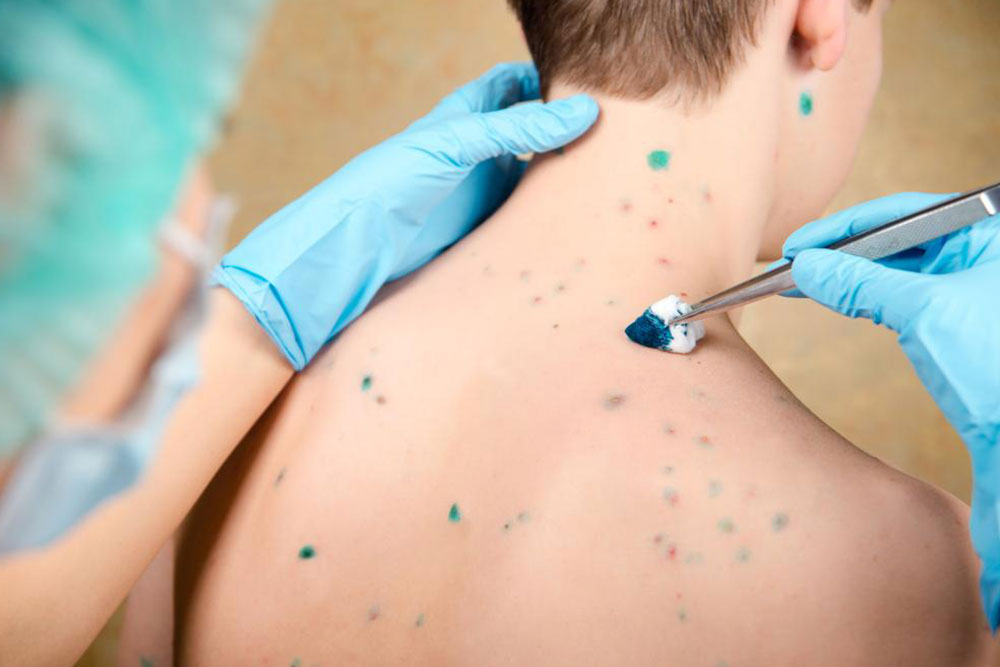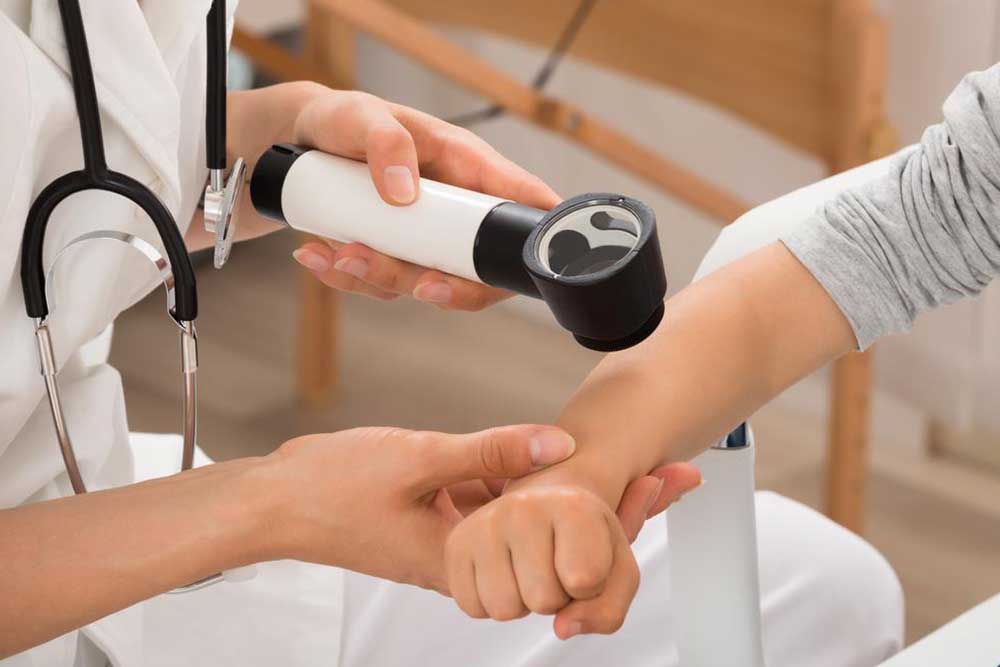Comprehensive Guide to Skin Rash Detection and Management Using Visual Image Analysis
This comprehensive article explores how visual analysis of rash images can aid in skin rash detection, classification, and management. It describes common types, their visual features, causes, and effective prevention strategies, emphasizing early diagnosis and professional consultation for optimal skin health.

Comprehensive Guide to Skin Rash Detection and Management Using Visual Image Analysis
Skin rashes are common dermatological issues that can develop on various parts of the body, often leading to discomfort, itching, and aesthetic concerns. They can be caused by a diverse range of factors including infections, immune system deficiencies, allergic reactions, heat exposure, or irritation from external substances. Understanding the different types of skin rashes, their appearances, and early detection methods is essential for timely and effective treatment. Advances in digital imaging and visual analysis techniques have made it possible to identify and classify different rashes simply by examining images, which can significantly aid individuals in seeking prompt medical attention.
Understanding Skin Rashes: Causes, Symptoms, and Characteristics
Recognizing skin rashes requires awareness of their typical visual features such as color, texture, distribution, and accompanying symptoms like itching or pain. Rashes commonly present as redness, swelling, bumps, blisters, or patches, and their appearance can vary based on the underlying cause. For example, some may be flat while others are raised; some may be scaly or crusted, and their pattern and localization can offer clues about their origin. Early detection through visual analysis allows for better management and treatment outcomes, minimizing discomfort and preventing complications.
Although skin rashes can occur anywhere on the body, they are most frequently observed on exposed areas like the upper torso, arms, legs, feet, ankles, and neck. They tend to have episodic flare-ups followed by periods of remission, which can be confusing for individuals trying to manage their condition. Various types of rashes exhibit distinctive features and are associated with specific causes, making visual recognition a useful tool in initial diagnosis.
Pityriasis Rosea: This rash, often referred to as Christmas tree rash because of its characteristic pattern, starts as a single scaly patch on the abdomen, chest, or back. Over subsequent days or weeks, it spreads to form multiple patches arranged in a pattern resembling a Christmas tree or leaf cluster. It is itchy but generally resolves on its own within several weeks. Visual analysis of rash images can help distinguish pityriasis rosea from other skin conditions.
Contact Dermatitis: This type of rash results from allergic reactions to environmental triggers such as cleaning products, industrial chemicals, fragrances, and certain cosmetics. It typically causes red, inflamed skin with bumps, itching, and sometimes blisters. If identified early through visual cues, individuals can avoid further exposure and manage symptoms effectively. Sensitive skin individuals are particularly prone to developing contact dermatitis, underscoring the importance of monitoring skin changes visually.
Medication-Induced Rashes: Certain medications, especially antibiotics and diuretics, can cause adverse skin reactions manifesting as rashes. These often appear within the first week of starting the medication and can spread across the body. The rash may be red, raised, and sometimes accompanied by swelling or blistering. Sun exposure can worsen symptoms, so patients are advised to monitor skin changes visually and notify their healthcare provider for appropriate adjustment or discontinuation of medication.
Heat Rash (Miliaria): Commonly called prickly heat, this rash occurs when sweat ducts become blocked under hot and humid conditions. It manifests as clusters of tiny, red bumps that can cause stinging, pruritus, or a prickly sensation. The milia form, which are clear, fluid-filled bumps, usually appear without significant discomfort. Recognizing these visual signs helps differentiate heat rash from other skin conditions and guides appropriate cooling and hygiene measures.
Effective Management and Prevention Strategies for Skin Rashes
To prevent rashes and alleviate symptoms, individuals should avoid harsh soaps, irritant detergents, and known allergens. Wearing loose, breathable clothing made of natural fibers like cotton helps reduce skin irritation and sweating. Maintaining good skin hygiene, staying in cool environments, and avoiding prolonged sun exposure are essential preventative measures. For active rashes, topical treatments such as corticosteroid creams, antihistamines, and antibiotics (if bacterial infection is suspected) can provide relief. However, a thorough examination and diagnosis by a healthcare professional, particularly a dermatologist, are highly recommended to determine the exact cause and receive personalized treatment plans.
In summary, visual analysis of rash images plays a pivotal role in the early detection, classification, and management of skin rashes. Leveraging modern image recognition technology can empower patients to recognize symptoms early and seek appropriate medical support. Whether dealing with common conditions like heat rash or more complex allergic reactions, understanding visual cues helps in timely intervention, reducing discomfort and potential complications. Staying attentive to skin changes and consulting healthcare professionals ensure effective management and a healthier skin condition overall.

